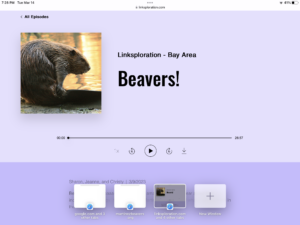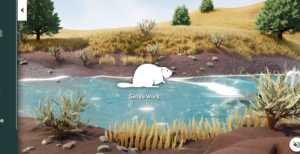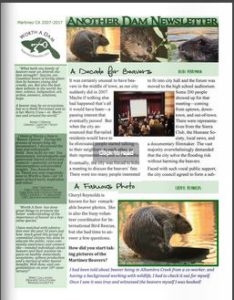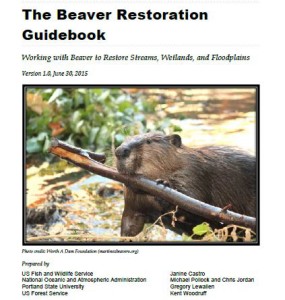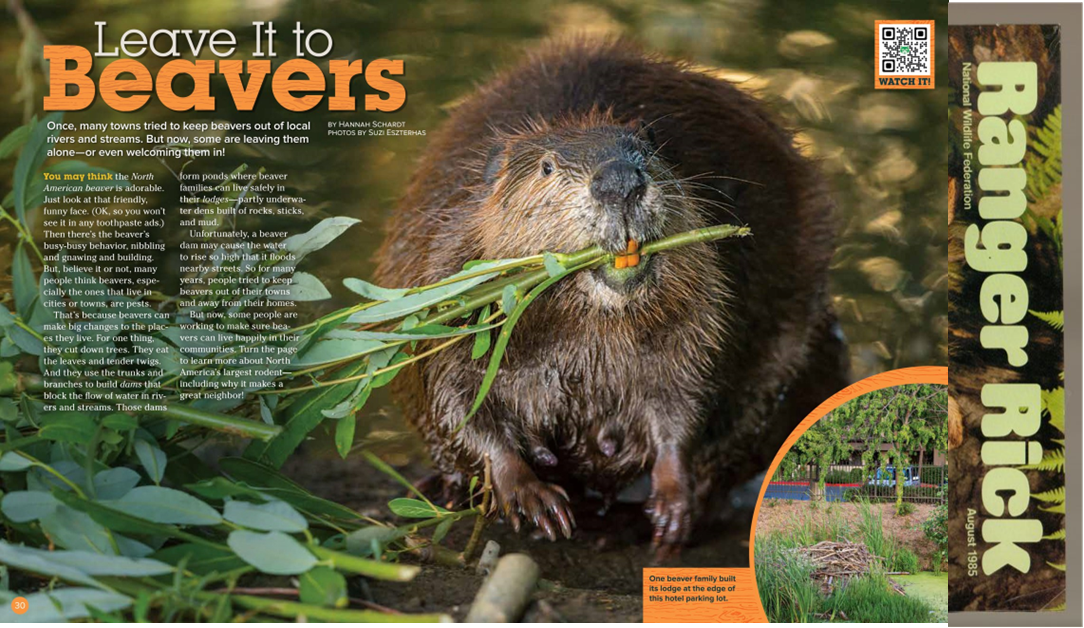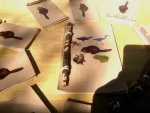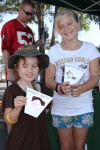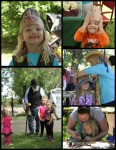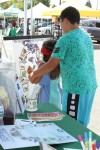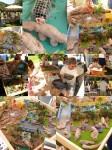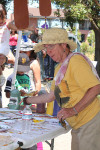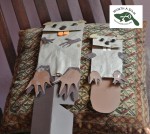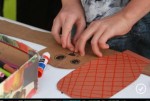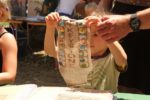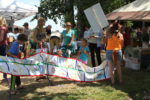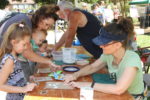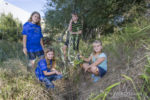I had a 6 year old patient once who was with me when a bird (despite the ribbons and warnings) hit the window of my office. We watched to see if it recovered from the accident, and I assured her that if it didn’t look okay I would bring it to Lindsay. “I just went there!” she exclaimed having taken a field trip with her class the week before. She paused for a second and her face looked serious.
“Is that where they get those bones?”
You see this little girl, and countless others we never hear about, hadn’t really SEEN the blind eagle or the three footed foxes that were living there, or understood that the hospital helps injured animals. Her horrified attention had been completely consumed by the skeletons on display in the front room. Apparently, she was now wondering if they harvested those bones from people like me bringing sick birds to the hospital.
How surprised would Lindsay be to hear that! Now I’m sure the intention was to educate and show how a raccoon was different than an hawk etc, and to teach kids about the nature that goes through their own backyards when they’re asleep every night, but this little girl so gripped by the bones and taxidermy that’s all she saw.
I often think it’s strange how we use caution about showing human skeletons to children (have you ever seen one in a pediatricians office or a library?) but never hesitate to show them an animal one. As adults I think we see them as such different categories we would never make that mistake (significant vs insignificant). Most children haven’t learned to think like that yet. They can stare with morbid fascination at a squished bee, or have a solemn ceremony for a dead bird. For them seeing a dead animal is one way of seeing death, which we generally protect them from seeing. And which they’re already beginning to suspect might apply to themselves and their loved ones some day. It is mortifying to me how MANY naturalists use taxidermy or animal skins and think children are learning about the animal. And I don’t say that because I’m a vegan bunny-lover who thinks animals should never be killed. I say that because I don’t happen to think children learn about nature by seeing its remains.
Which brings us to this article, and its priceless picture.
Nature is hot and cool at day camp

Four years ago, Jheri Ketcham and Colleen Adams-Schuppe, arboretum co-executive directors, created the day camp to offer children an understanding of local ecology by blending art, science and recreation. The idea was “to get kids outside,” Ketcham says. “We felt a real need to get kids exploring outdoors and learning things about nature.”
Reiter’s goal is to make the outdoors, well, second nature. “We want kids to think it’s fun to be outside and that nature isn’t scary,” she says. She also emphasizes respect for the natural world. “You can’t protect something unless you’ve learned to care for it,” she points out.
Ahh, this is exactly what I mean. He’s showing them a taxidermied beaver, and there is a skull on the ground to explain. Now, obviously children (and parents) need day camp. And we like to hear that they’re spending some time outdoors and away from their x-box. I’m sure at first glance this looks like a sweet photo. Children gathered around learning about nature. Well, until you look closely at their faces. Then I think you’ll see exactly what I’m talking about.
 I would say those faces range from mildly disgusted.to deeply disturbed. I love the girl on the left especially. Why are you showing us this?
I would say those faces range from mildly disgusted.to deeply disturbed. I love the girl on the left especially. Why are you showing us this?
To be fair, there is one child who is clearly fascinated. The young man who has stooped closer for a better look. I’m sure he would love to be closer still. I suppose this child might someday be a future wildlife rescue worker, but I’m thinking that this budding little ‘Dexter’ has a slightly more macabre interest. I think he’s trying to figure out exactly how to do his own at home with the family cat.
For comparison, this is what a child’s face looks like at a beaver festival.
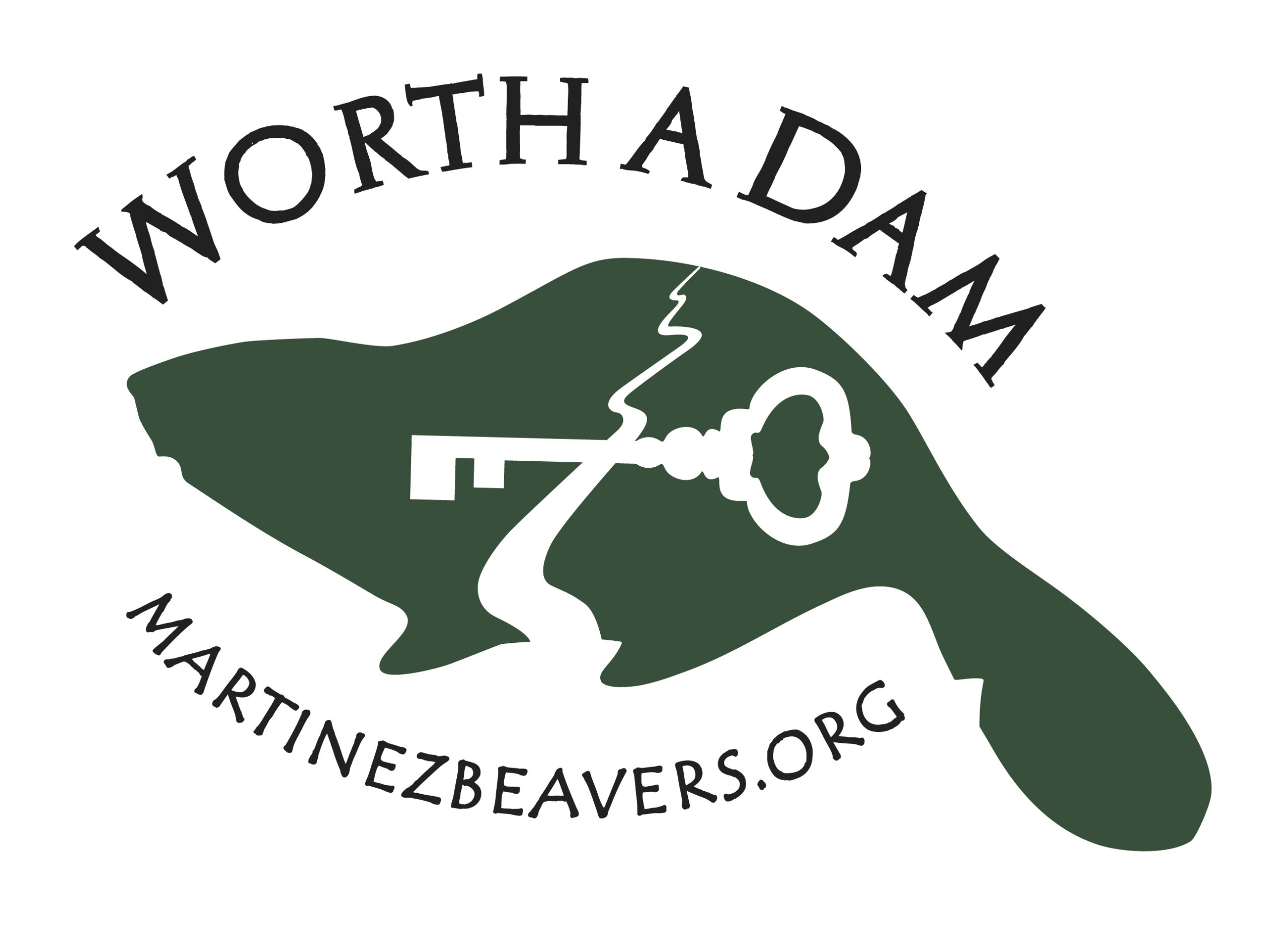









 I never get tired of hearing that clip. That is the best lightening overview on beaver impact I have ever heard. Even better than Enos Mills, and that’s saying something. Ellen donated another book for the auction, this one looks like an excellent summer read.
I never get tired of hearing that clip. That is the best lightening overview on beaver impact I have ever heard. Even better than Enos Mills, and that’s saying something. Ellen donated another book for the auction, this one looks like an excellent summer read.





